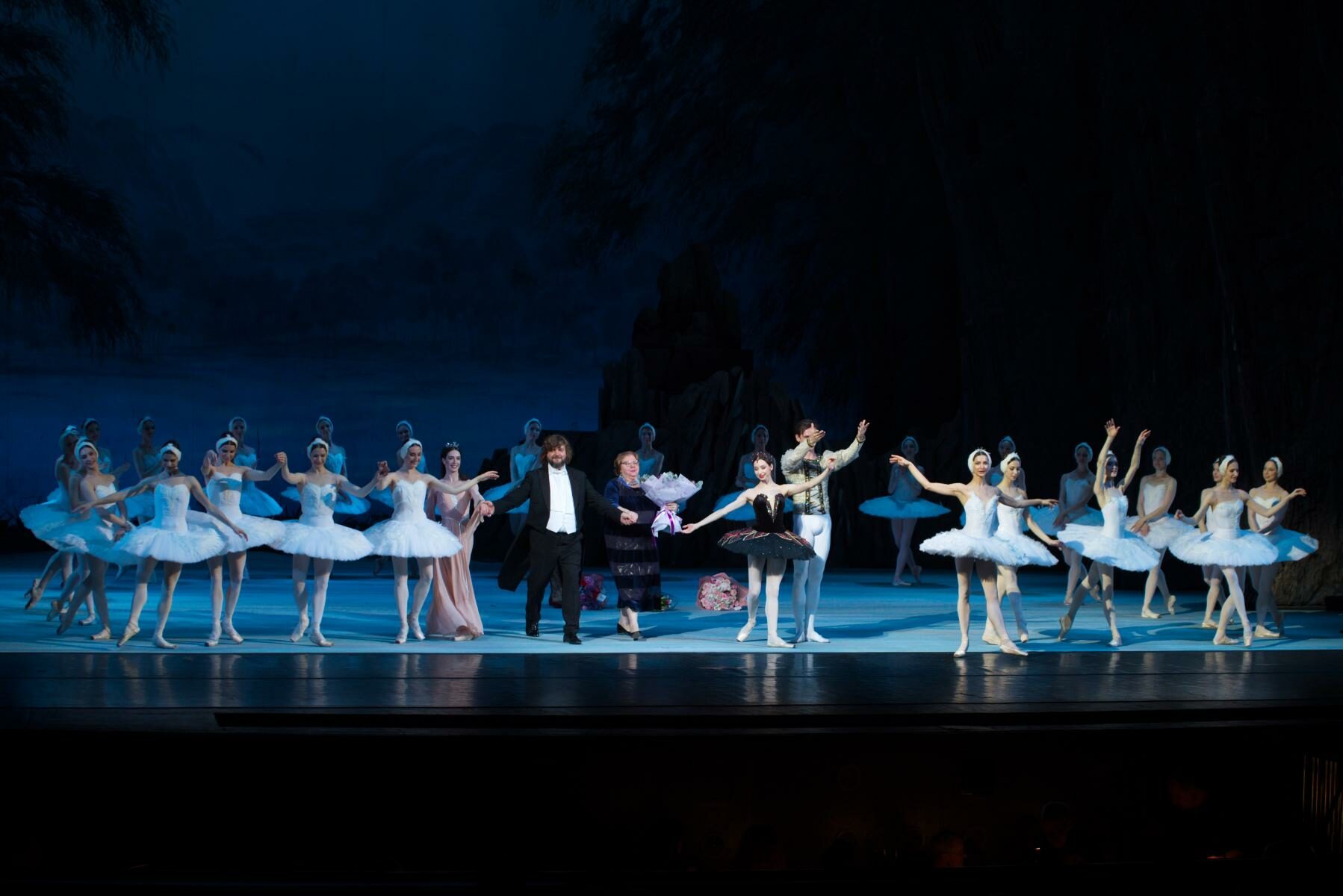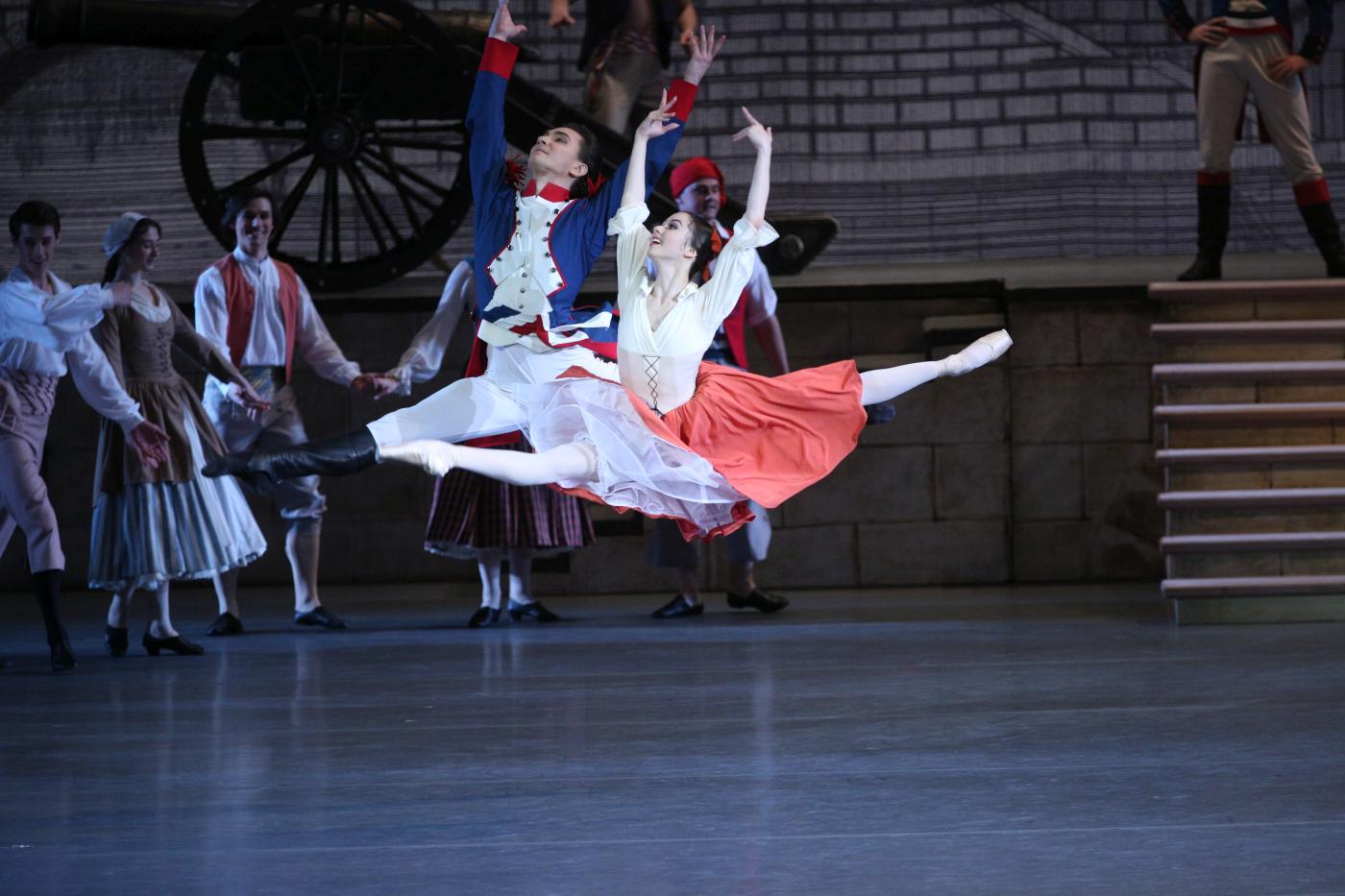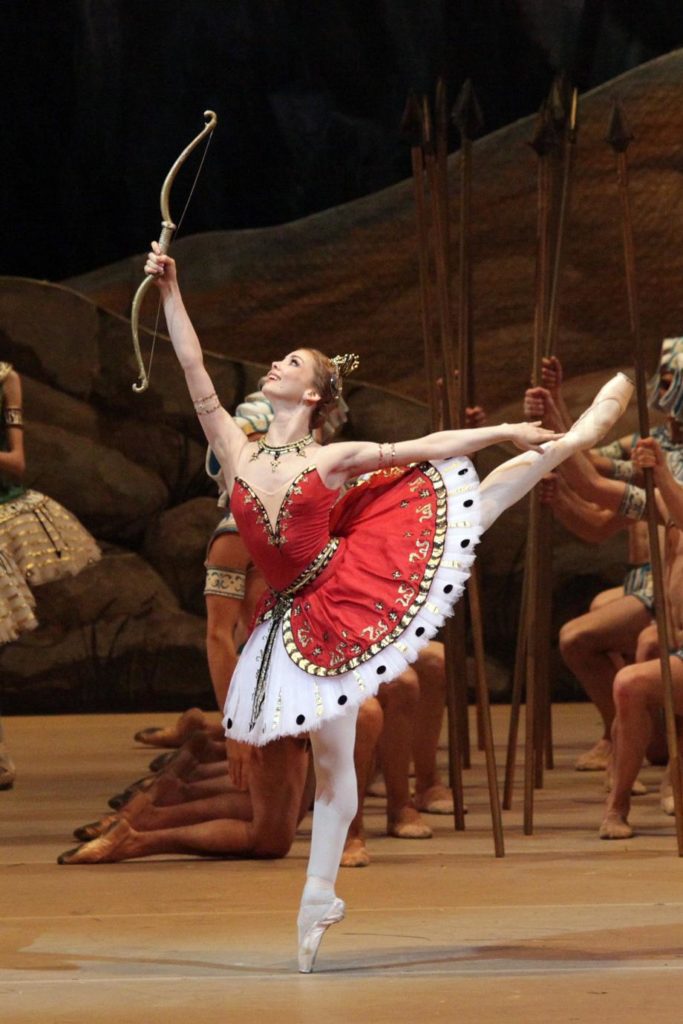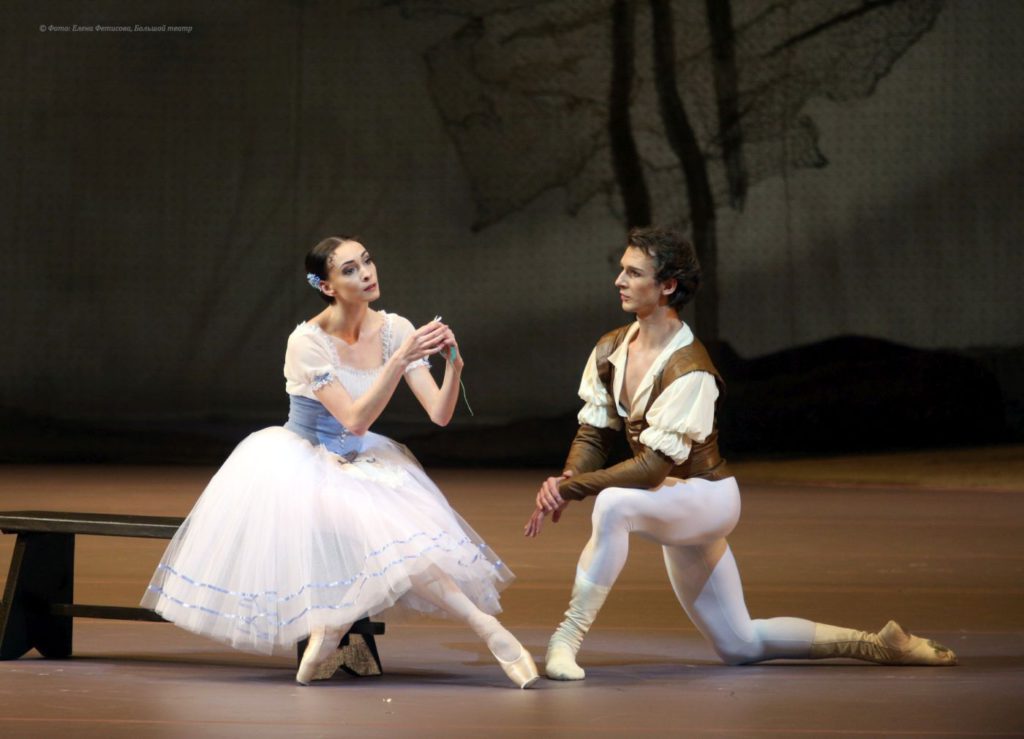Style Over Substance
“Modanse”
Svetlana Zakharova Evening
Bolshoi Theatre (Historic Stage)
Moscow, Russia
October 31, 2023
by Ilona Landgraf
Copyright © 2023 by Ilona Landgraf
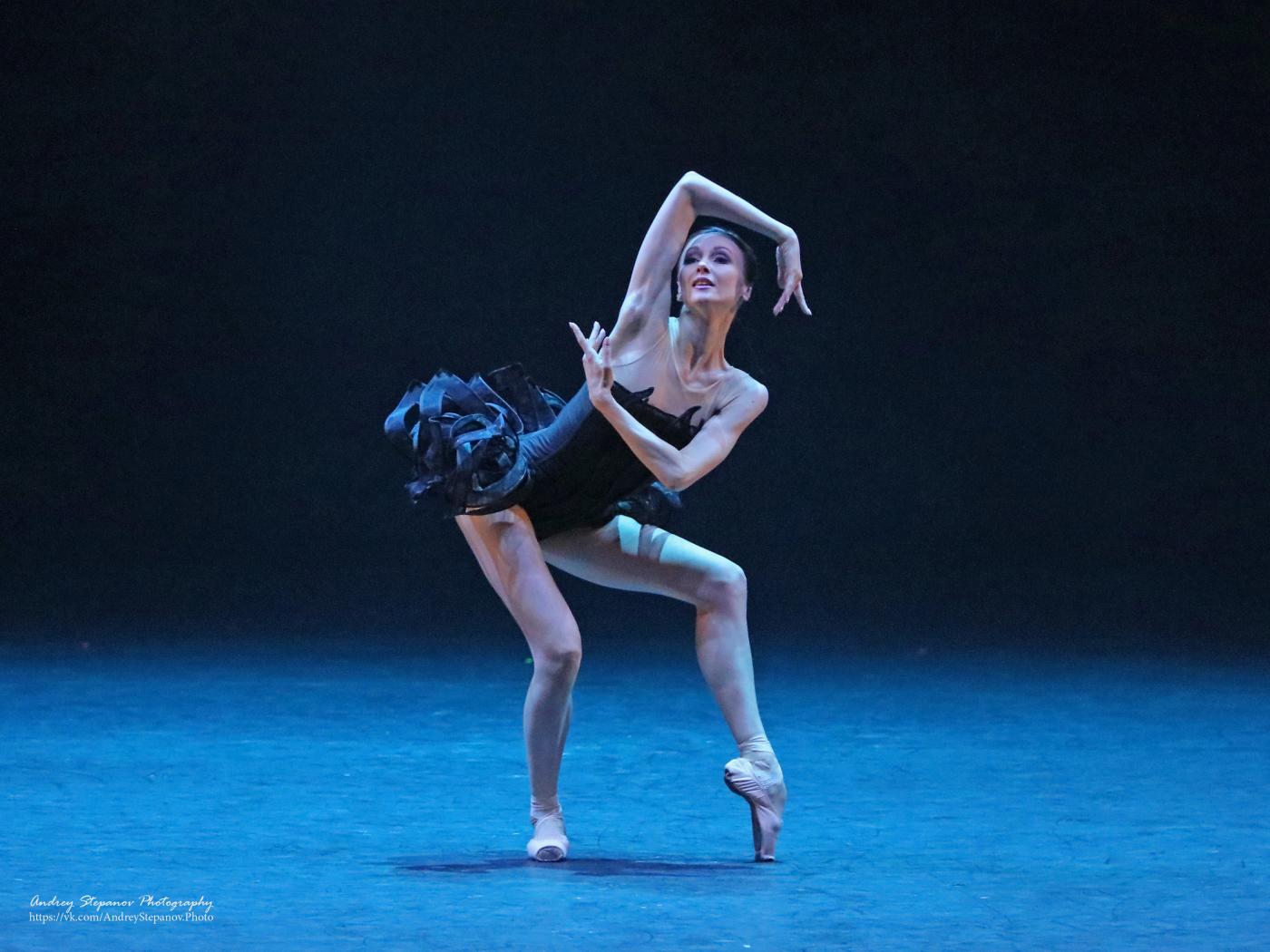 The title “Modanse” sounds like an à la mode ballet – classy, extravagant, and fashionable. It belongs to a double bill featuring the Bolshoi Ballet’s prima ballerina Svetlana Zakharova. The external production includes dancers of the Bolshoi Ballet’s roster, and since 2019 has guested regularly on the Bolshoi Theatre’s stage and abroad.
The title “Modanse” sounds like an à la mode ballet – classy, extravagant, and fashionable. It belongs to a double bill featuring the Bolshoi Ballet’s prima ballerina Svetlana Zakharova. The external production includes dancers of the Bolshoi Ballet’s roster, and since 2019 has guested regularly on the Bolshoi Theatre’s stage and abroad.
As a seasoned artist, Zakharova must have an instinct about what suits her on stage. Hence I’m flabbergasted that she has kept Mauro Bigonzetti’s “Come un respiro” (“Like a Breath”) in the program. The 2009 creation, of which Zakharova acquired a reworked version, is ill-suited to make her and her co-dancers (among them Anastasia Stashkevich, Ana Turazashvili, Mikhail Lobukhin, Vyacheslav Lopatin, and Denis Savin) look good. Moreover, its succession of bland solos, pas de deux, and group dances fails to excite. (more…)
